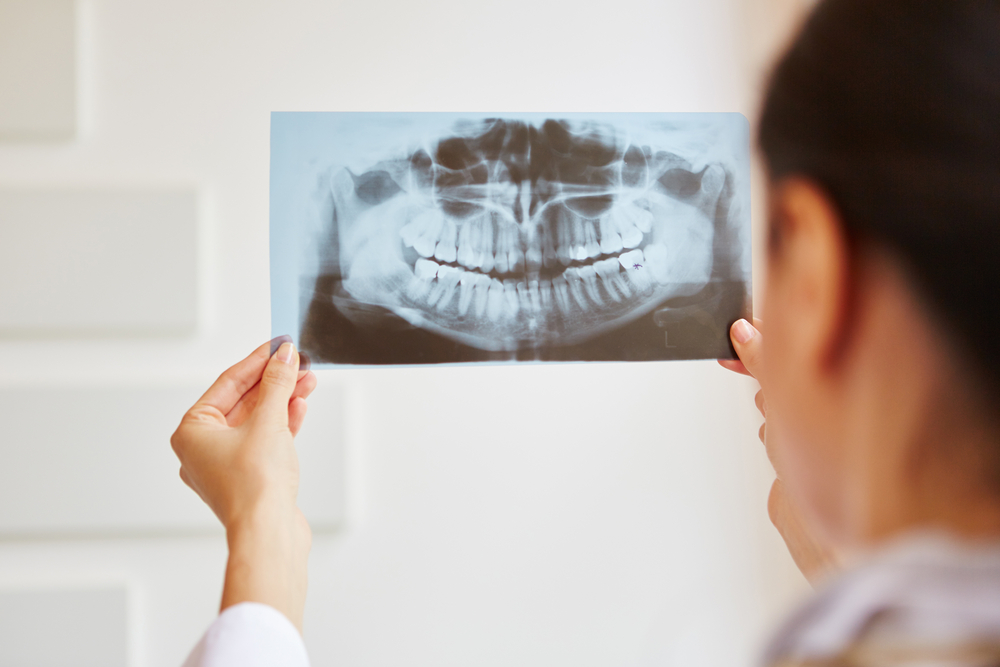As clinicians, we use dental magnifying loupes to enable us to see better, but what about our patients? We try to explain what we see or try to show them in a hand mirror. But can they really see what we see? Usually the patient doesn’t see the same things we see; they may just trust but not fully understand or visualize what we are trying to explain. I have had many patients to whom I have tried to educate and explain the need for periodontal therapy and the significant amount of calculus present, only to have the patient request a “regular cleaning.”
Once I show the patient a large-screen photo of their bleeding gingiva and inflammation in addition to the calculus present, they are suddenly more interested in their oral condition and usually are more responsive to treatment recommendations. Many patients are then able to grasp an understanding of the condition and are often willing to complete the recommended treatment.
As a proponent for patient education, I always like to explain the reasoning behind any treatment recommendations that are made in the practice. By using intraoral camera with screen, I am able to show as well as tell the patient what I see. How many times have patients put off what they can’t see because it is not hurting at the time? With the use of intraoral imaging, the patient sees the broken filling or recurrent decay on the computer screen, and most do not want that in their mouths. Due to the increased use of intraoral cameras over the years, I have seen case acceptance for treatment increase greatly. I even have patients ask me to take an image so they are able to see the problem as well. I used to rarely use the intraoral camera while explaining an oral condition, but then discovered that imaging and education complemented each other in the dental practice.
Related articles:
What does a dentist need to know besides cleaning your teeth?

